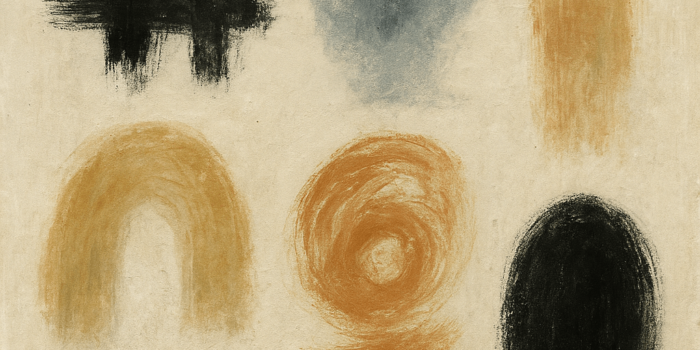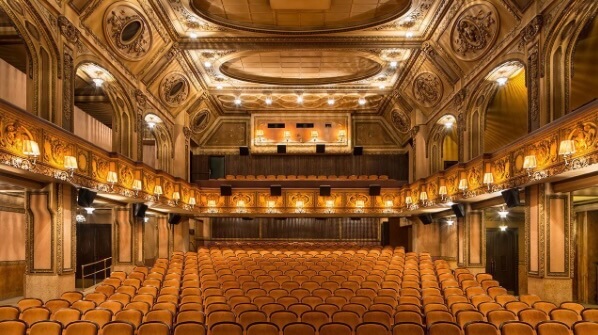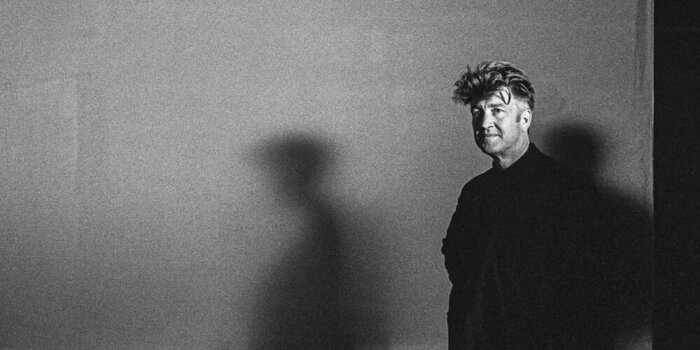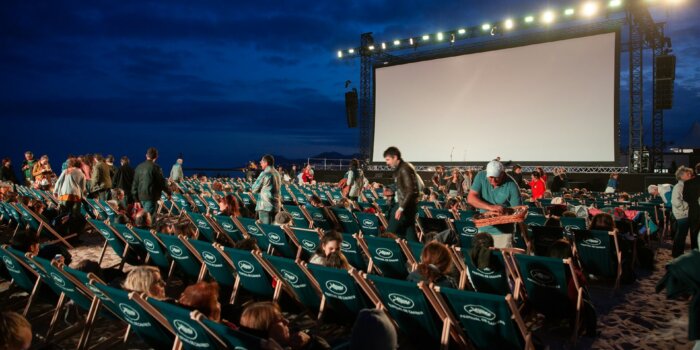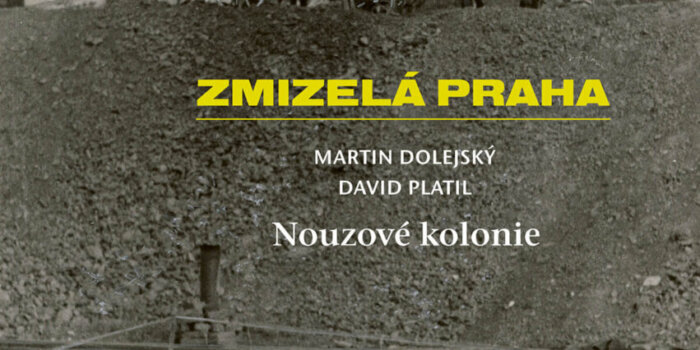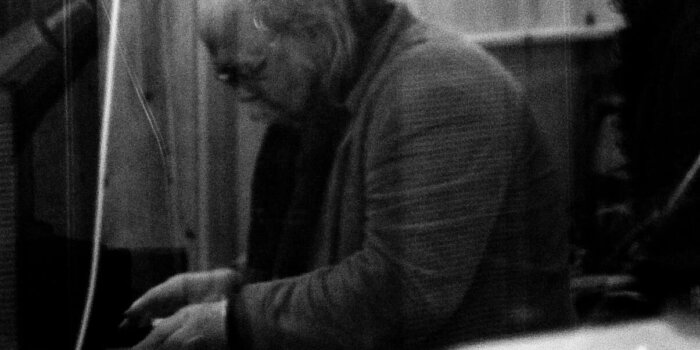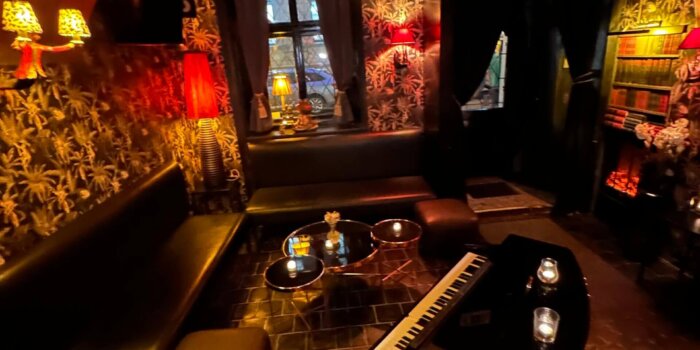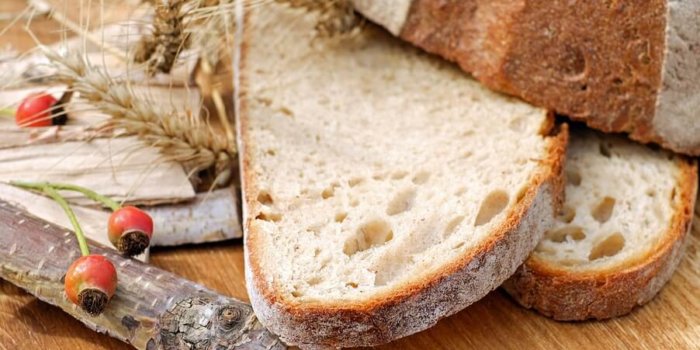Calf’s foot jelly and a tankard of ale? Welcome to the 18th century Starbucks
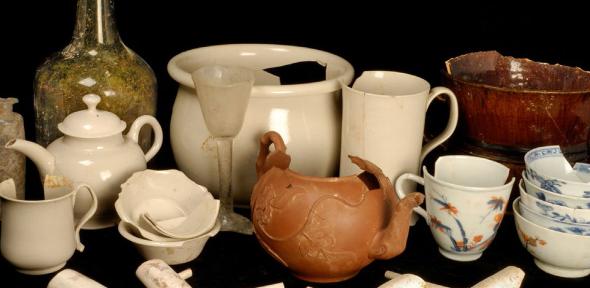
Researchers have published details of the largest collection of artefacts from an early English coffeehouse ever discovered. Described as an 18th century equivalent of Starbucks, the finds nonetheless suggest that it may have been less like a café, and more like an inn.
Customers today may settle for a flat white and a cinnamon swirl, but at coffee shops 250 years ago, many also expected ale, wine, and possibly a spot of calf’s foot jelly, a new study has shown.
Following its identification during an archaeological survey, researchers are publishing complete details of the most significant collection of artefacts from an early coffee shop ever recovered in the UK. The establishment, called Clapham’s, was on a site now owned by St John’s College, Cambridge, but in the mid-to-late 1700s it was a bustling coffeehouse – the contemporary equivalent, academics say, of a branch of Starbucks.
Researchers from the Cambridge Archaeological Unit – part of the Department of Archaeology at the University of Cambridge – uncovered a disused cellar which had been backfilled with unwanted items, possibly at some point during the 1770s. Inside, they found more than 500 objects, many in a very good state of preservation. These included drinking vessels for tea, coffee and chocolate, serving dishes, clay pipes, animal and fish bones, and an impressive haul of 38 teapots.
The assemblage has now been used to reconstruct what a visit to Clapham’s might have been like, and in particular what its clientele ate and drank. The report suggests that the standard view of early English coffeehouses, as civilised establishments where people engaged in sober, reasoned debate, may need some reworking.
Customers at Clapham’s, while they no doubt drank coffee, also enjoyed plenty of ale and wine, and tucked into dishes ranging from pastry-based snacks to substantial meals involving meat and seafood. The discovery of 18 jelly glasses, alongside a quantity of feet bones from immature cattle, led the researchers to conclude that calf’s foot jelly, a popular dish of that era, might well have been a house speciality.
Craig Cessford, from the Cambridge Archaeological Unit, said that by modern standards, Clapham’s was perhaps less like a coffee shop, and more like an inn.
“Coffee houses were important social centres during the 18th century, but relatively few assemblages of archaeological evidence have been recovered and this is the first time that we have been able to study one in such depth,” he said.
“In many respects, the activities at Clapham’s barely differed from contemporary inns. It seems that coffeehouses weren’t completely different establishments as they are now – they were perhaps at the genteel end of a spectrum that ran from alehouse to coffeehouse.”
Although the saturation of British high streets with coffee shops is sometimes considered a recent phenomenon, they were in fact also extremely common centuries ago. Coffee-drinking first came to Britain in the 16th century and increased in popularity thereafter. By the mid-18th century there were thousands of coffeehouses, which acted as important gathering places and social hubs. Only towards the end of the 1700s did these start to disappear, as tea eclipsed coffee as the national drink.
Clapham’s was owned by a couple, William and Jane Clapham, who ran it from the 1740s until the 1770s. It was popular with students and townspeople alike, and a surviving verse from a student publication of 1751 even attests to its importance as a social centre: “Dinner over, to Tom’s or Clapham’s I go; the news of the town so impatient to know.”
The researchers think that the cellar was perhaps backfilled towards the end of the 1770s, when Jane, by then a widow, retired and her business changed hands. It then lay forgotten until St John’s commissioned and paid for a series of archaeological surveys on and around the site of its Old Divinity School, which were completed in 2012.
Some of the items found were still clearly marked with William and Jane’s initials. They included tea bowls (the standard vessel for drinking tea at the time), saucers, coffee cans and cups, and chocolate cups – which the researchers were able to distinguish because they were taller, since “chocolate was served with a frothy, foamy head”. They also found sugar bowls, milk and cream jugs, mixing bowls, storage jars, plates, bowls, serving dishes, sauceboats, and many other objects.
Even though Clapham’s was a coffeehouse, the finds suggest that tea was fast winning greater affection among drinkers; tea bowls were almost three times as common as coffee cans or cups.
Perhaps more striking, however, was the substantial collection of tankards, wine bottles and glasses, indicating that alcohol consumption was normal. Some drinkers appear to have had favourite tankards reserved for their personal use, while the team also found two-handled cups, possibly for drinking “possets” – milk curdled with wine or ale, and often spiced.
Compared with the sandwiches and muffins on offer in coffee shops today, dining was a much bigger part of life at Clapham’s. Utensils and crockery were found for making patties, pastries, tarts, jellies, syllabubs and other desserts. Animal bones revealed that patrons enjoyed shoulders and legs of mutton, beef, pork, hare, rabbit, chicken and goose. The researchers also found oyster shells, and bones from fish such as eel, herring and mackerel.
Although coffeehouses have traditionally been associated with the increasing popularity of smoking in Britain, there was little evidence of much at Clapham’s. Just five clay pipes were found, including one particularly impressive specimen which carries the slogan “PARKER for ever, Huzzah” – possibly referring to the naval Captain Peter Parker, who was celebrated for his actions during the American War of Independence. The lack of pipes may be because, at the time, tobacco was considered less fashionable than snuff.
Together, the assemblage adds up to a picture in which, rather than making short visits to catch up on the news and engage in polite conversation, customers often settled in for the evening at an establishment that offered them not just hot beverages, but beer, wine, punch and liqueurs, as well as extensive meals. Some even seem to have “ordered out” from nearby inns if their favourite food was not on the menu.
There was little evidence, too, that they read newspapers and pamphlets, the rise of which historians also link to coffeehouses. Newspapers were perishable and therefore unlikely to survive in the archaeological record, but the researchers also point out that other evidence of reading – such as book clasps – has been found on the site of inns nearby, while it is absent here.
“We need to remember this was just one of thousands of coffeehouses and Clapham’s may have been atypical in some ways,” Cessford added. “Despite this it does give us a clearer sense than we’ve ever had before of what these places were like, and a tentative blueprint for spotting the traces of other coffeehouse sites in archaeological assemblages in the future.”

The text in this work is licensed under a Creative Commons Attribution 4.0 International License.
Photo Credit:
The finds from Clapham’s Coffee House, some of which are pictured here, included teapots, wine glasses, and clay pipes. (Image: Cambridge Archaeological Unit)
Credit: Cambridge Archaeological Unit



